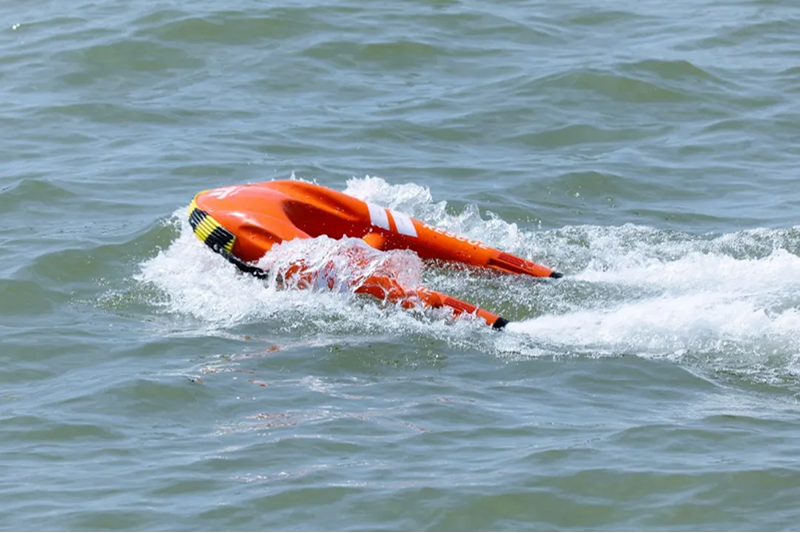Introduction to Flood Barriers
The notion of flood barriers has emerged as an important defense line for vulnerable communities around the globe in the wake of increasing climate change and unpredictable weather patterns. A flood barrier is simply a structure created to avert or alleviate flooding by obstructing the flow of water during extreme climatic conditions. These adaptable systems have transformed from conventional dykes and levees to incorporate newfangled and eco-friendly schemes which make them more secure and stronger than before.
Types and Technologies of Flood Barriers
One of the astonishing strides in flood barrier technology involves the introduction of movable (deployable) barriers. For example, inflatable dams or rapidly deployed steel barriers are among such systems that can be put up quickly when there is certainty that a flood is about to happen thus giving flexible solutions which are affordable. In urban areas where space is at a premium, Hydroflex inflatable barrier system relies on high air pressure to temporarily create imperviousness against floods. Furthermore, ecologically friendly flood barriers made from natural materials like vegetated retaining walls not only help reduce flooding instances but also support biodiversity as well as improve water quality.
Case Study: Protecting Cities with Flood Barriers
The Thames Barrier in London serves as proof that large-scale flood defenses work. This series of steel gates across River Thames was finished in 1982, automatically shutting once water levels reach a given limit. Similar initiatives around the world have been motivated by its success exemplifying how strategic investment in protective measures like flood barriers could protect entire cities from the catastrophic consequences associated with flooding. Likewise, Netherlands referred to as “the low lying country” has developed diverse types of flood control measures including floating barriers that adjust according to height differences thereby confirming her progressive approach towards adaptation through innovation.
Challenges and Future Directions
However significant protection they offer, potential challenges come along with these structures too. Environmental impacts such as altering natural water flow patterns and possibly disrupting ecosystems should be considered. Also, maintaining and upgrading them over time is expensive. Therefore, future studies should focus on integrating flood barriers into broad ecosystem based solutions that would enhance their sustainability and long term impact. For instance, this entails looking at using green infrastructures like wetlands and parks as sponges for excess water thereby lessening the need of using hard barriers.
Community Engagement and Preparedness
Another important aspect of flood barrier implementation is community involvement. By raising awareness among residents about the importance of being prepared for floods, these programs will be more successful. This will involve educational campaigns on evacuation routes personal readiness measures as well as role played by flood barriers in overall flood management strategies thus building resilience within a society.


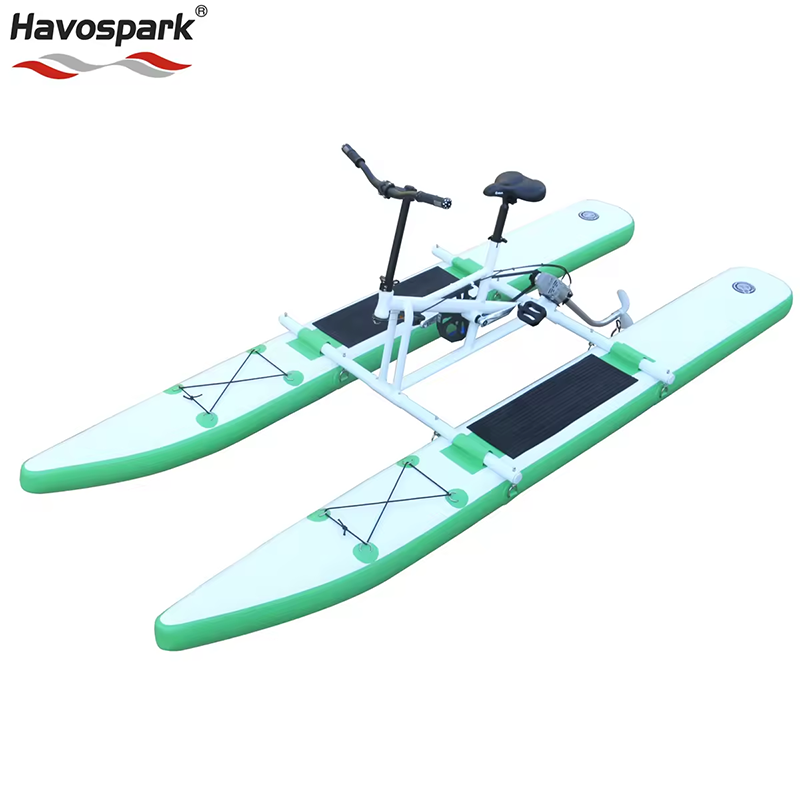
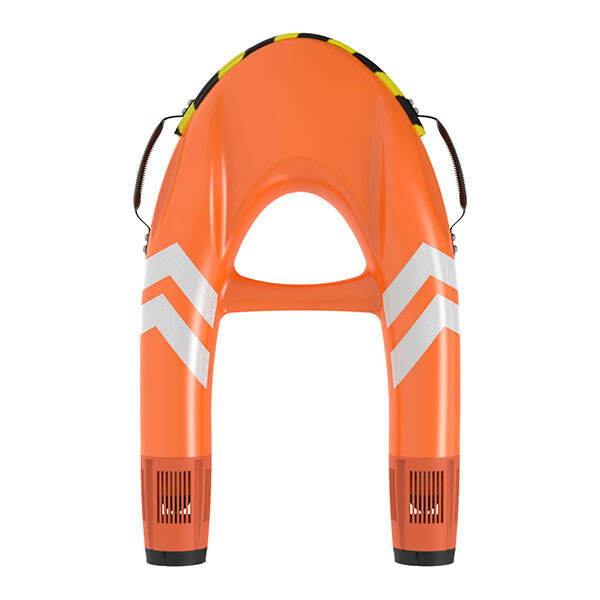

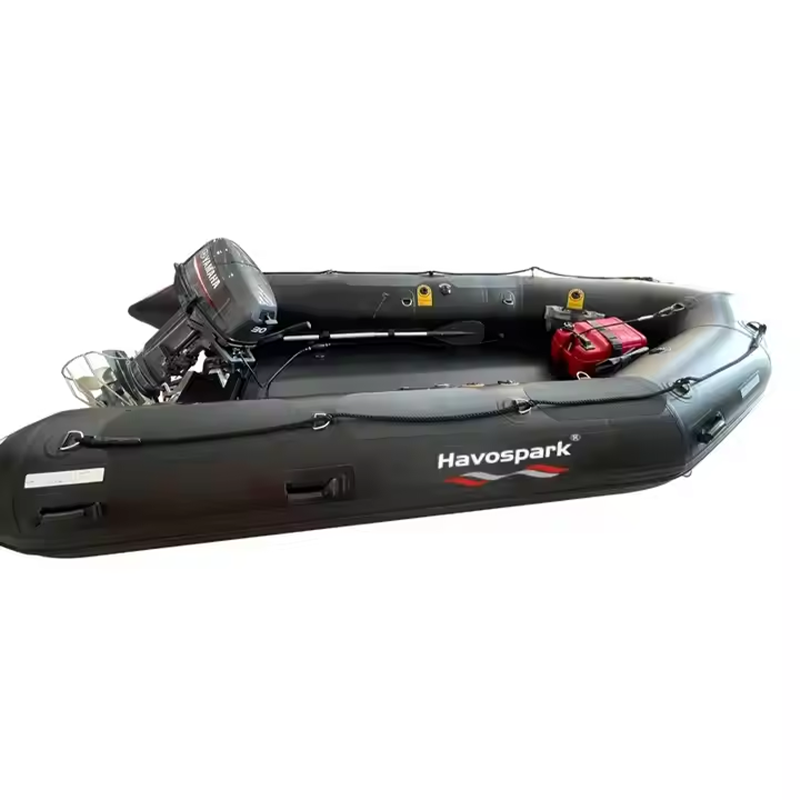

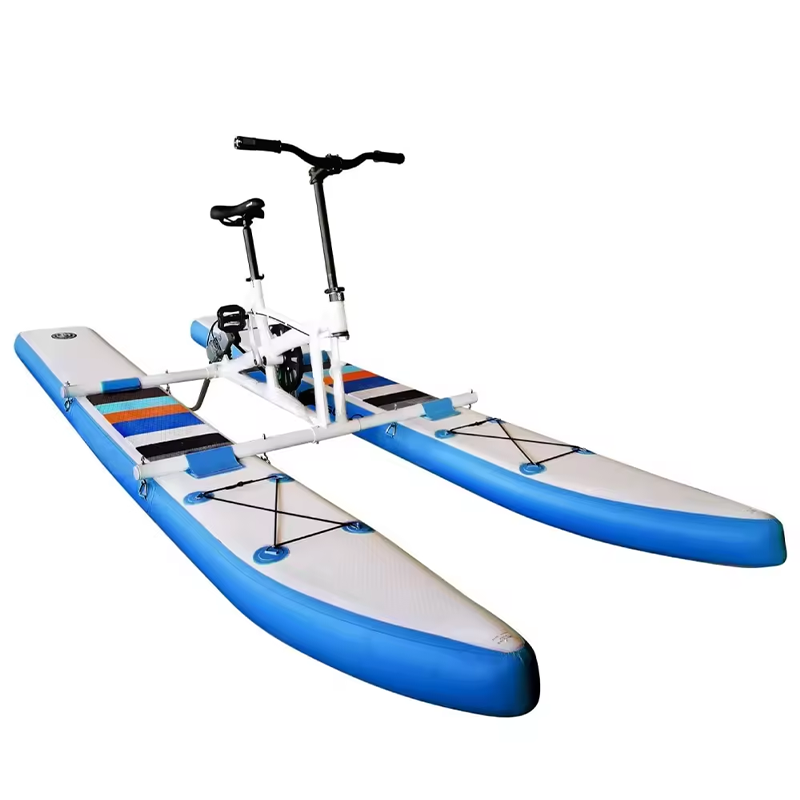
 Hot News
Hot News